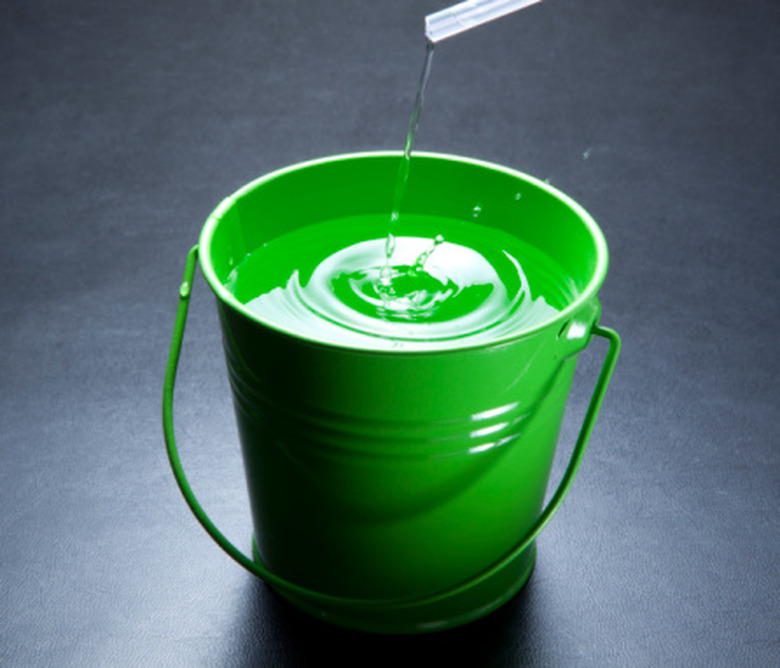How To Calculate Pump Gallons Per Minute
If your wondering just how many gallons per minute of fluid your pump is capable of moving, you can perform this quick experiment to find out. A pump moving a certain number of gallons of fluid per minute is what scientists call flow rate. (See Reference 1) Flows rates include a volume of fluid moved into or out of a receptacle in a given amount of time. (See References 1) Emptying a bucket with a known amount of water in a known amount of time will allow the pump rate to be calculated by simple division.
Step 1
Fill the empty gallon milk jug with water and empty the contents into the bucket. Repeat until the bucket contains three gallons of water. Three gallons of water are used to get a better result for the pump rate in case the pump does not perform at a constant rate.
Step 2
Place the pump into the bucket so that it can reach the bottom. Start the pump at the same time you start the stop watch to remove the water from the bucket. Stop the timer when the bucket is empty. Write down the time in seconds it took to empty the bucket. For example, say the time is 168 seconds.
Step 3
Convert the time to minutes by dividing by 60, since each minute contains 60 seconds. Performing this step yields 168 seconds divided by 60 seconds per minute or 2.8 minutes.
Step 4
Divide the number of gallons of water moved by the pump by the time measured to obtain the pump rate in gallons per minute. Completing the sample problem you have 3.0 gallons divided by 2.8 minutes which equals a pump rate of 1.1 gallons per minute.
Things Needed
- Empty gallon milk jug
- Water
- Bucket, 3 gallon or more capacity
- Pump
- Stop watch
- Calculator
References
- "Physics for Scientists and Engineers with Modern Physics"; Raymond A. Serway and John W. Jewett; 2009
Cite This Article
MLA
Hirsch, William. "How To Calculate Pump Gallons Per Minute" sciencing.com, https://www.sciencing.com/calculate-pump-gallons-per-minute-7396900/. 24 April 2017.
APA
Hirsch, William. (2017, April 24). How To Calculate Pump Gallons Per Minute. sciencing.com. Retrieved from https://www.sciencing.com/calculate-pump-gallons-per-minute-7396900/
Chicago
Hirsch, William. How To Calculate Pump Gallons Per Minute last modified March 24, 2022. https://www.sciencing.com/calculate-pump-gallons-per-minute-7396900/
